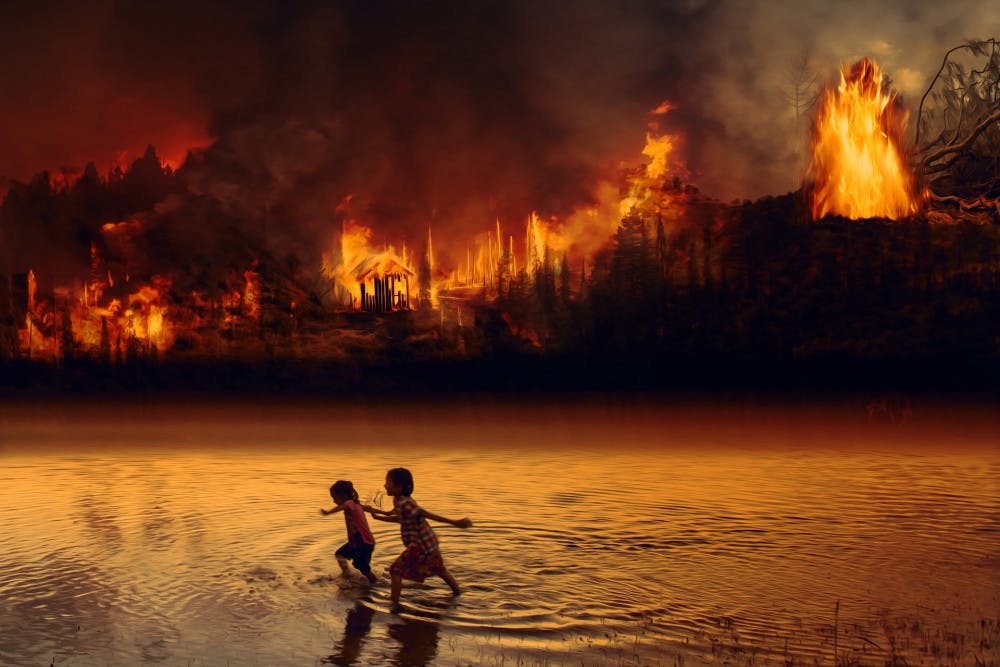By: Celine Thormann
In a world full of quick-changing news, it can be difficult to remember what is going on. In the middle of August, news broke that the Amazon Rainforest, an area traditionally resistant to large fire, was on fire and had been burning for about two weeks. News of the fires spread like, well, fire, and images of darkened skies in Brazil and lush green forests billowing with smoke trended on social media. Then, after about a week, news coverage stopped. Some of the most recent articles regarding the state of the forest are from the end of August, and in many ways, the news has simply moved on. So, what exactly happened to the Amazon?New Brazilian far-right president Jair Bolsonaro took office in January of this year, and since then, deforestation of the Amazon has increased by 39 percent. The purpose of the deforestation is largely to make more room for agriculture and industry, but cutting down trees in the rainforest leaves it vulnerable to fire. To compound the problem, the hottest June and July on record in Brazil led to dangerously dry conditions in the tropical forests. This in turn exacerbated the annual fires that occur in the Amazon and made them much larger and much more dangerous. Deforestation in combination with the fires decimated the rainforest, endangering the many plants and animals that rely on the diverse rainforest as their home. What did people do?In August, world leaders gathered at a summit called G7, where French president Emmanuel Macron made a public statement of his intent to address the fires at the summit. After the summit, the G7 countries offered $22 million to Brazil to help fight the fires. Brazil turned it down, citing offensive comments by Macron and a desire to remain independent as its main reasons for the rejection. Many criticized the $22 million package, saying it was too small a sum to dedicate to preserving one of the most important ecosystems on our planet. What’s happening now?The forest is still burning, and it will continue to burn for the rest of the dry season. Brazil is making efforts to stop the flames and is working to prevent the fires from spreading. Areas of forest that have burned in the past are more susceptible to burning again, which is why keeping the flames contained is a priority. About 83 percent of the forest still stands, but that does not mean we are in the clear yet. So, what can I do?There are many ways to help the Amazon Rainforest, and many of them will sound familiar to those who are environmentally conscious. Putting out the fires is a large task mainly executed by the Brazilian military, but there are things that can help prevent future fires. First, one of the factors contributing to the fires is deforestation, so limiting paper use will help decrease the amount of deforestation taking place. Limiting use of oil will lessen the emission of carbon dioxide gas that the rainforest normally eliminates for us, as will cutting back on beef. However, it is crucial that change takes place on a larger scale. Pay attention to what the companies you buy from are doing to our planet, and if you don’t agree with the practices, say something! For example, after a series of protests aimed at Home Depot for selling wood from ancient trees, the company changed its policy and now works to promote sustainable forestry. Additionally, if you want to donate and have the funds to do so, the Rainforest Action Network is a good place to start. For more options, the Amazon Conservation Association, the Amazon Conservation Team, the Amazon Watch, and the Rainforest Foundation US all do good work to protect the forests. Overall, it is important to stay informed about environmental news and pay attention to the impact that your actions may have on the earth.Cover photo courtesy of Pixabay

